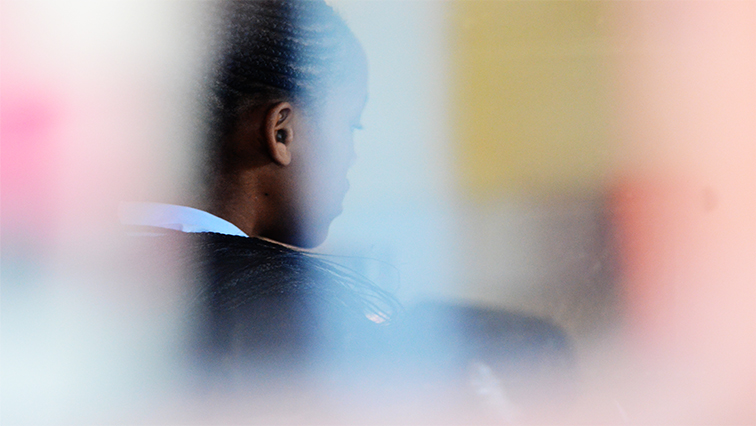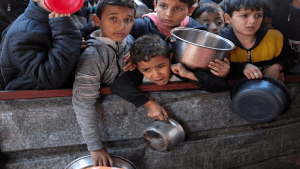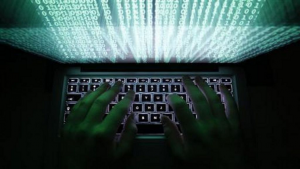The internet has opened up a whole new world of accessible knowledge, but with it, lurks dangers for children on social media channels.
From predators who want to take advantage to harm vulnerable young minds to cyberbullying, parents are urged to speak openly to their children about the potential risks, to help prevent trauma which can severely damage their child’s well-being.
Childline Gauteng’s Head of the Help Line Department, Faiza Khota, says the Childline Toll-free number 08000-55-555 receives approximately 60 000 to 90 000 calls per month nationally and includes the issue of cyberbullying.
“Cyberbullying is one the cases we see a lot at Childline. We do get cases of actual physical and emotional bullying, but with the increase of children using online devices. Cyberbullying has been something that we also have to deal with. Some of the calls we receive are of those children who are struggling with conflict between themselves and their peers and that is taking place online.
Click below for a video report on the dangers of cyberbullying:
For Grade 11 learner Thandi (not her real name) the transition to a new school was horrific as she was severely harassed online by another learner.
She says lies were created around her which had a severe emotional impact on her.
“The learner was afraid to confront me so instead she just went onto social media to talk badly about me, threatening me saying that she will destroy me. I was so traumatised. I couldn’t believe what was happening because I was new in the school. So the first thing I thought is that maybe people just hate me. Why else would they post things on social media that makes me look bad? I became so devastated.”
Is your child being bullied online or is your child the online bully? #CyberBullying
— SABC News (@SABCNews) May 28, 2018
Khota says there are similar signs to look out for in your child when it comes to other forms of bullying – but there are specific signs when it comes to cyberbullying.
“Is your child quite distressed after using their device? Have you seen particular distress or them being extremely secretive when using their devices? Other signs to look out for are some sort of withdrawals from social behaviour or normal social interaction.”
Khota stresses that social withdrawal is witnessed in all types of bullying where children will avoid certain people and certain events because maybe there is something that has occurred there and now they feel embarrassed.
“More serious signs are around the major changes in a child’s behaviour, are they withdrawn, are they having anger outbursts, has their appetite or sleep patterns changed – that’s when you need to worry about things like depression. We have seen cases of children who become very depressed after incidents of cyberbullying and are suicidal,” adds Khota.
Predators and privacy
Children are glued to their screens with online gaming and sites, but do you know who your child is interacting with? With new technology it is very easy to make friends with users from around the world… But there can be dire consequences in the anonymity which the internet offers.
Khota says there is a case of a 14-year-old teen who was befriended online by a stranger from another country, where they shared private information about each other, but fortunately this interaction was reported to Childline by someone from the country where this stranger was from to avert a possible disaster.
The child’s parents had no idea what was going on and only knew that the child was playing a game. They did not realise that the child was playing a game online and that there was actually the potential for interaction with other adults or possible predators.
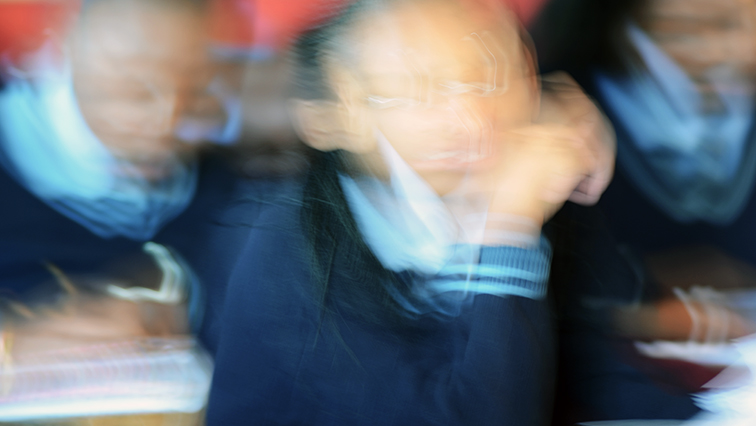
“It actually turned out that this person had intentions to try to come to South Africa to meet with this child. This person had screenshots of this child’s house and by use of Google Maps knew what this child’s house looked like, exactly where it was and knew about the school that this child was attending. Further, they knew so much about this child’s personal life and could even name some of the family members in this child’s home – as images of this child, friends and siblings were sent to them,” continues Khota.
Childline has been trying to reach out to parents and schools to help create awareness about the risks children face online and offline.
“We realise that teachers and parents are the people who young children are spending all their time with, and so if they are not aware of the risks involved then how are they going to actually communicate those risks to children? Childline can’t communicate to every single child out there, so we need to empower all the people who are participating in children’s lives with that information so that they can have an open conversation with them.”
Childline also provides a counseling service telephonically and online.
“We do have to deal with some severe cases of abuse and neglect and in those cases, we actually have to conduct a risk assessment to see whether the child is in need of care and protection – and that’s where our legislation guides us in terms of how to attend to it.”
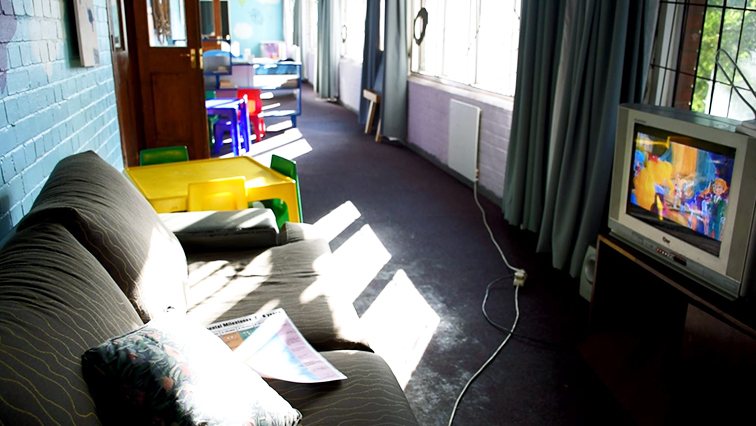
In cases where children are found to be severely abused or neglected, Childline then has to call upon the South African Police Service and/or welfare organisations to assist them in investigating the home circumstances of those children. Khota elaborates that a home visit will be made to meet the family to asses whether the child is safe.
“In Gauteng we have the Sunlight Safehouse which is a safe space for children in distress, so they will bring children to our safe house for overnight care while the investigation is underway, interventions need to take place, but the child is at least safe while that is happening”
Illicit content
School teacher Oupa Manaila says that their high school children are not allowed to bring their phones to school due to the content on it being highly inappropriate.
“If you take those phones and look what is on there, it’s terrible. Sometimes the children are encouraged to do research on their phones but instead, they are doing something completely different, that’s where the problem lies.”
Manaila says some children bring suspicious and unfiltered content from outside of the school and there is no real consequence to being caught with it.
“I once confiscated a device with illicit content and took it to the principal’s office, it was a serious problem but at the end nothing was done. The problem is that kids today are very protected and you must be careful even if you talk to them. You confront them about these issues and they know nothing will be done to them. That’s a fact.”

Children even take advantage of the smart bots, smart screens used to assist teachers in class to share the illicit content.
“They (children) lock themselves into these small classes where we have smart bots. They’ve got their own stuff on USB, they then play it and lock the door. No one has access to the class and they are so quiet as if in the film. They watch this funny stuff, even if you catch one he or she knows that nothing will happen to them. We will just go to the office, ask them a few questions and call the parents – but in the end nothing will happen,” adds Manaila.
What then is the solution to the problems plaguing children online such as cyberbullying, privacy and access to inappropriate content?
Khota says there are a variety of apps out there which parents can install to monitor their children’s cell phones and block illicit sites.
“There is a lot of wisdom in protecting children from early exposure to things that are not age appropriate.”
Khota says, “When parents and children negotiate using those apps, it goes back to if you are going to purchase a device for your child, to negotiate with them up front that this is what we’re using this device for and this is what we’re not going to use this device for. Often we don’t have that conversation with children.”
“We often do not instruct children that you may not watch pornographic sites, or you may not bully other people while using social media and I believe those conversations need to be had with children. They need to participate in that decision-making because then as a parent if you find that your child has broken one those rules then you can enforce the consequences – and the child is aware that those are the consequences which have also been discussed up front,” adds Khota.


